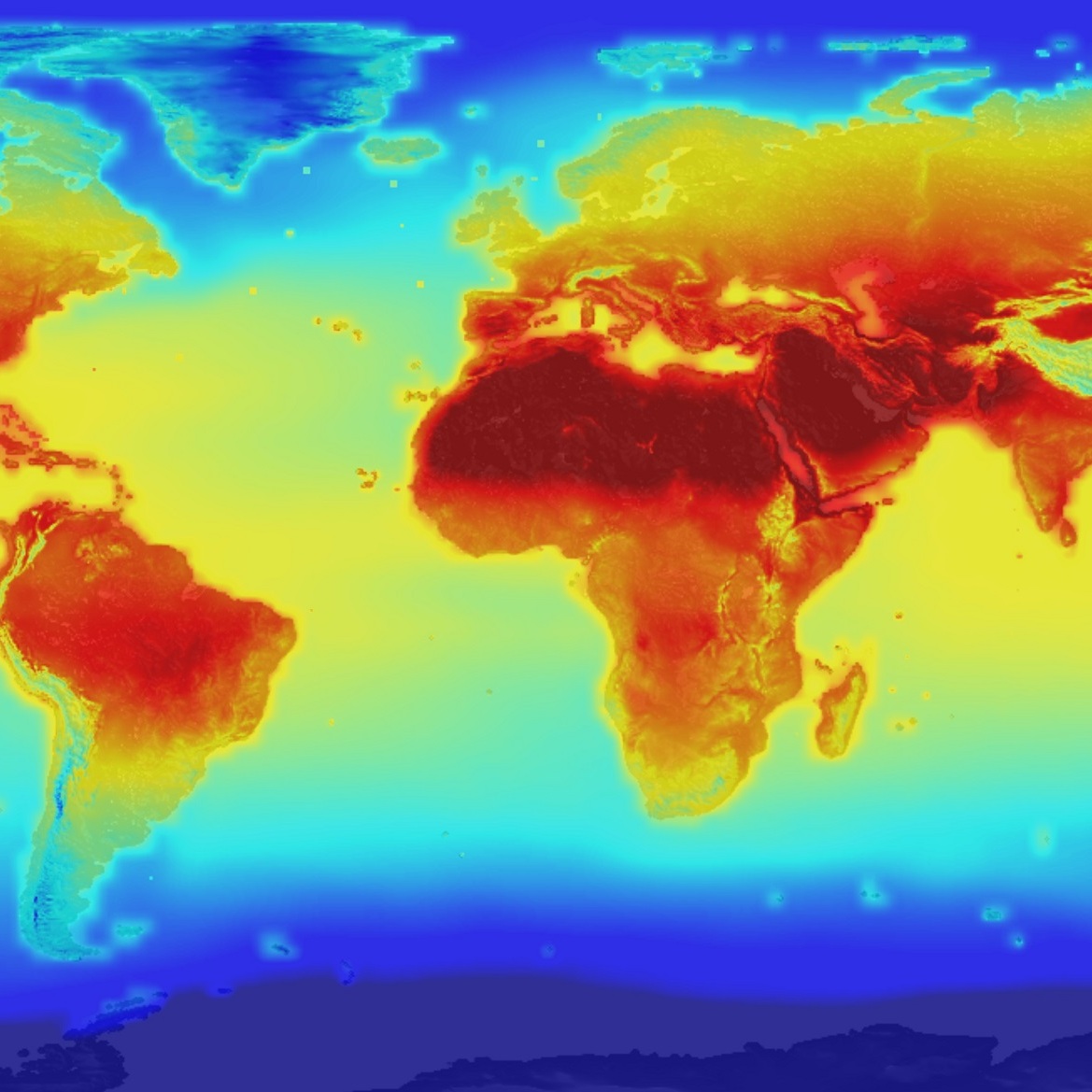What Are Climate & Weather?
Weather refers to local and short-term (usually day by day) changes in the atmosphere. It might rain today and be sunny tomorrow or cold the next day. Weather will vary within small geographic locations.


Climate refers to atmospheric changes over long periods of time across larger geographic locations. It varies between different regions of the world (just think of the Arctic versus the Sahara desert!). Climate and weather are thus interlinked and take into account precipitation, wind speed and direction, humidity, and temperature.
What is Climatic Change?
Climate change is a long-term change in the average weather patterns that have come to define Earth’s local, regional and global climates. These changes have a broad range of observed effects, mainly negative, on the health of ecosystems as well as humans.
“We have to wake up to the fierce urgency of the now.”
Jim Yong Kim, President, The World Bank
Causes and Consequences of Climatic Change
The main cause of climate change is global warming, which has many negative consequences on physical, biological and human systems, as well as other effects.
Global warming is caused by the greenhouse effect, a natural process by which the atmosphere retains some of the sun’s heat and radiates some of it back to Earth, allowing the Earth to maintain the necessary conditions to host life. Without the greenhouse effect, the average temperature of the planet would be -18 °C.

The problem is that daily human activities maximize the greenhouse effect, causing the planet’s temperature to increase even more.
Earth’s atmosphere consists of various Natural Gases like Nitrogen = 78.1%, Oxygen = 20.9%, Argon = 0.93% which comes to 99.93%. However, Other Gases like Water Vapor, Methane, Nitrous Oxide, and Ozone are also present. Artificial Gases like Chlorofluorocarbon (CFC) are also found.
These gases perform their duty but when their concentration increases then the atmospheric temperature increases and leads to melting of ice caps, desertification, fire, storms & floods, among other things.
Three Reasons That Negatively Contribute to the Greenhouse Effect
- Burning fuels, natural gases, & coals; industrial processes; immense quantities of livestock.
The burning of these fossil fuels releases greenhouse gases into the atmosphere. The following gases have a great impact:
Carbon dioxide (CO2): caused by the burning mainly of fossil fuels in electricity generation, transport, heating, industry and construction.
Methane (CH4): from livestock, rice farming and waste tips.
Nitrogen oxides (NOx): caused by excess use of fertilizers and industrial activity.
CFCs: gas of anthropogenic origin (result of human activities). Contributes to the greenhouse effect AND is harmful to the ozone layer.
2. Deforestation and destruction of marine ecosystems.
Forests are natural carbon sinks, meaning they naturally absorb CO2 by photosynthesis (and consequently return oxygen to the atmosphere). Deforesting not only diminishes the carbon sink effect of forests, but also produces more CO2 by having uprooted trees decompose.
3. Population increase which leads to consuming more natural resources.
An increasing population needs more and more resources, which increases greenhouse gas emissions from all production processes. More consumerist tendencies in modern societies also require more resources.
How Can We Avoid Climatic Change?
First, it is important to be clear that climate change cannot be avoided. We can mitigate its effects and adapt to its consequences, i.e., we can fight it through the application of small and large scale measures that help to slow down climate change. There are some ways to reduce global warming and from that we can lessen climatic change.
- Renewable energy: The first way to prevent climate change is to move away from fossil fuels. Renewable energies like solar, wind, biomass and geothermal are excellent alternatives.
- Energy & water efficiency: Producing clean energy is essential, but reducing our consumption of energy and water by using more efficient devices (e.g. LED light bulbs, innovative shower system) is less costly and equally important.
- Sustainable transportation: Promoting public transportation, carpooling, but also electric and hydrogen mobility, can definitely help reduce CO2 emissions and thus fight global warming.
- Sustainable agriculture & forest management: Encouraging better use of natural resources, stopping massive deforestation, as well as making agriculture greener and more efficient should also be a priority.
- Sustainable infrastructure: In order to reduce the CO2 emissions from buildings – caused by heating, air conditioning, hot water or lighting – it is necessary both to build new low-energy buildings and to renovate the existing infrastructures.
- Responsible consumption & recycling: Adopting responsible consumption habits is crucial, be it regarding food (particularly meat), clothing, cosmetics or cleaning products. Reducing consumption is the first step in preventing the production of unnecessary waste. Last but not least, recycling and composting are an absolute necessity for dealing with waste.
